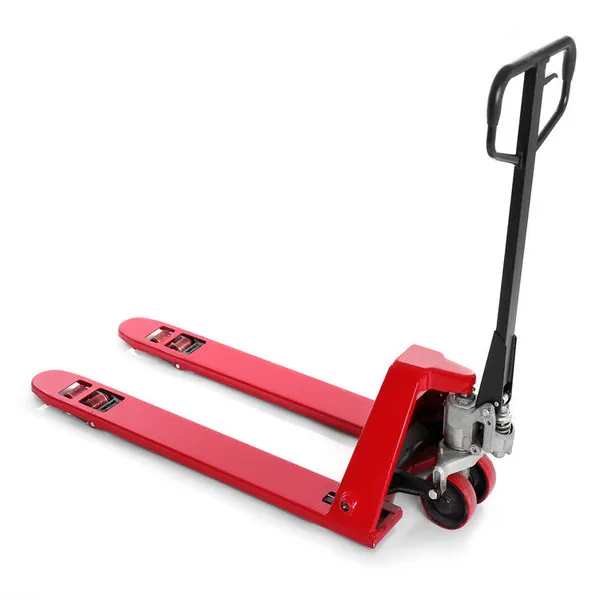


Understanding the Working Principle of Hand Pallet Trucks
Hand pallet trucks, also known as pallet jacks, are essential tools in warehouses, retail environments, and manufacturing settings. These compact and manually operated equipment are designed for the efficient transportation of palletized loads. Understanding the working principle of hand pallet trucks is crucial for maximizing their effectiveness and ensuring safe operation.
Basic Components
A hand pallet truck primarily consists of the following components
1. Forks The two prongs that slide under the pallet to lift and transport the load. 2. Chassis The main body that supports the fork assembly and houses the lifting mechanism. 3. Lifting Mechanism Typically a hydraulic system that enables the forks to be raised and lowered. 4. Handle A long lever that the operator uses to control the movement of the truck and actuate the lifting mechanism. 5. Wheels Located at the front and rear of the truck, they facilitate smooth movement across various surfaces.
Working Principle
The operation of a hand pallet truck is primarily based on mechanical principles, especially the use of hydraulics. Here’s how it works step by step
1. Positioning the Truck To use the pallet truck, the operator first positions it adjacent to a pallet. The forks are lowered to their minimum height, allowing them to slide easily under the pallet.
2. Lifting the Pallet Once the forks are in position, the operator pumps the handle up and down. This action activates the hydraulic lifting mechanism. When the handle is pushed down, hydraulic fluid is drawn into the cylinder, creating pressure. As the handle is pumped, the hydraulic fluid is forced into a larger cylinder, pushing the forks upward. This allows the pallet to be lifted off the ground to a safe carrying height.
3. Transporting the Load With the pallet raised, the operator can then maneuver the truck to transport the load. Steering is achieved by turning the handle, which pivots the rear wheels. The front wheels remain fixed in a straight line to ensure stability during transportation.

4. Lowering the Pallet Upon reaching the desired location, the operator can lower the pallet by pressing a release valve, typically located on the handle. This allows hydraulic fluid to flow back into the smaller cylinder, gradually lowering the forks and the pallet until it rests securely on the ground.
5. Maneuvering The design of the hand pallet truck permits it to navigate through confined spaces and tight aisles, making it highly versatile. Operators can handle varying weights of pallets (up to several tons) while maintaining excellent control over the movement.
Advantages of Hand Pallet Trucks
1. Cost-Effective Unlike powered pallet trucks, hand pallet trucks are typically more affordable and require less maintenance.
2. Enhanced Mobility They are compact and can easily fit into small spaces, making them ideal for warehouses with limited maneuvering room.
3. User-Friendly The manual operation requires no special training, allowing various personnel to use the truck efficiently.
4. Durability Constructed from robust materials, hand pallet trucks can withstand the rigors of daily use in demanding environments.
Conclusion
The hand pallet truck is a fundamental tool for material handling. Its straightforward design and hydraulic mechanics make it an invaluable asset in various settings. By understanding its working principle – from the hydraulic lifting mechanism to the maneuverability – operators can maximize efficiency and ensure safety in their material handling tasks. Whether transporting goods in a warehouse or maneuvering through a retail outlet, the hand pallet truck remains an indispensable part of logistics and supply chain operations.



